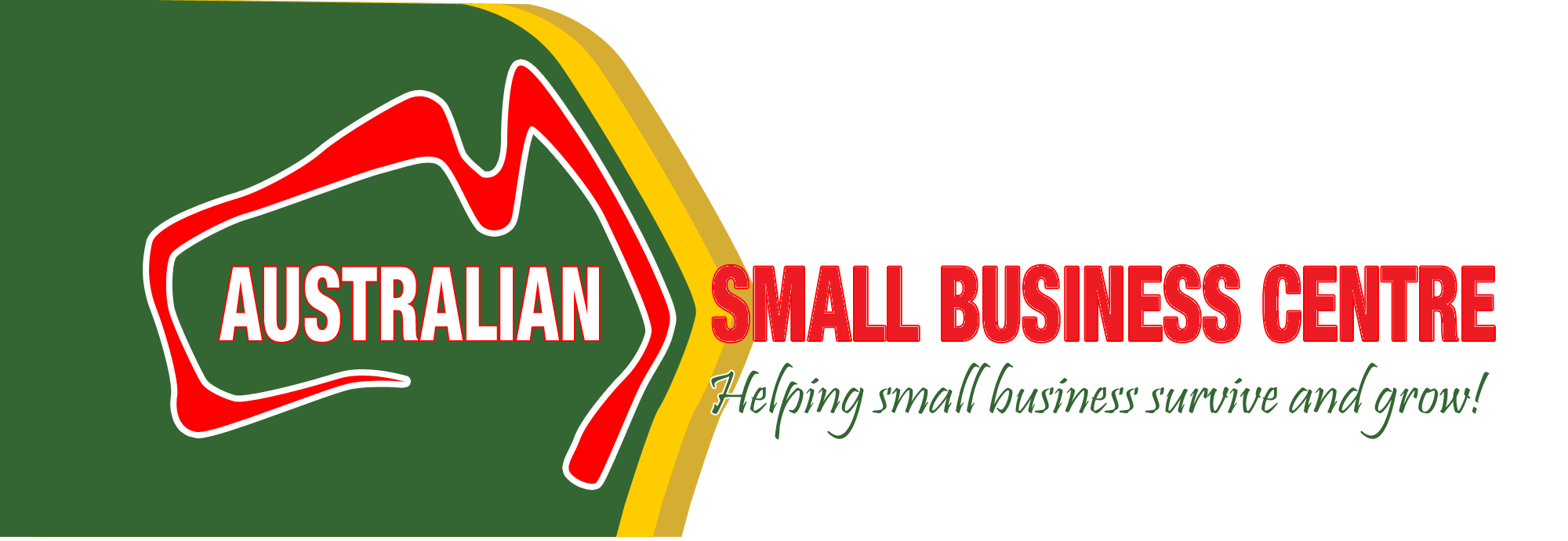Factoring in VAT and GST for overseas customers

Do you have online customers from overseas? We look at how you can apply VAT or GST when selling to customers outside Australia.
We’ve previously talked about valued-added tax (VAT), the consumption tax charged by most countries around the world, including Australia, although ours is called GST.
In that post, we talked about a couple of different countries (Canada, the U.K., Ireland, South Africa), and the different VAT rates they charge. So what if, as an Australian business, you discover you have customers visiting your website from one of those countries? How do you sell to them — indeed, can you sell to them?
The internet issue
In the countries we talked about last time, VAT was conceived of in the pre-internet age — Ireland introduced VAT in 1971, for example — so most people buying and selling goods were doing so from within the same country — with the exception, perhaps, for member states of the European Union, which has its own rules for handling this anyway.
Anyone in Australia buying goods from the U.K. were either physically in the U.K. at the time of purchase, or they were importing an item, which comes with other import fees and tariffs anyway.
The rise of global online classified and marketplaces, such as eBay and Amazon, complicated matters. A person in Australia, can easily log onto the U.S. Amazon site, buy a new pair of Nike shoes, and depending on the state it’s shipping from, only pay U.S. sales tax (which varies state-to-state).
And lots of people did do that — and continue to do that. And they’re not just buying from the United States, many are buying items from the U.K., China, Germany, India, and elsewhere.
Australia’s third-largest tax
GST is Australia’s third-largest source of government revenue, which is distributed back to the states via the Commonwealth Grants Commission (CGC).
It generates just under 13 percent of all revenue, behind individual income tax (39.3 percent) and income tax on enterprises (17.7 percent). Because GST, VAT and other consumption taxes are paid to the vendor or seller of goods and services, it is paid to the country those goods or services originated.
Every time an Australian purchases goods or services from another country, the Australian government misses out on collecting GST. Traditional retailers have long complained that overseas purchases have damaged their businesses. Gerry Harvey, in particular, has been a vocal proponent of forcing sellers using online classified sites and marketplaces to pay GST.
GST on eBay and Amazon purchases
Last June, the Treasury Laws Amendment (GST Low Value Goods) Act 2017 passed through the senate, which forces online classified sites and marketplaces collect GST on purchases from sellers outside Australia.
The so called “Amazon Tax” closes a loophole that meant purchases under $1,000 from overseas sellers were exempt from GST. Under the Act, the operator of an “electronic distribution platform” — in other words, platforms like eBay, Amazon, Trade Me, Etsy, Alibaba — is responsible for collecting GST.
Despite a Productivity Commission inquiry finding the legislation the best, albeit imperfect, option to ensure GST is paid on overseas purchases, eBay responded by saying it would block Australians from accessing goods from international sellers if the government didn’t reconsider. The new laws are slated to come into effect July 1, 2018.
Selling from Australia to other countries
Besides Australia, the U.K. has been the only other country to require classified sites and marketplaces to collect VAT / GST. For all other countries that charge VAT or GST, it’s been left to the seller to manage their own VAT obligations.
Just as you need to be aware of when and where GST applies in Australia, how to collect it and the reporting required by the ATO, if you intend to sell overseas, you’ll need to do the same.
From April, 2017, the U.K. made classified sites and marketplaces “jointly and severally liable for VAT owed by an overseas seller that’s selling goods in the U.K. via that marketplace.”
It also made it mandatory for businesses and individuals located outside the U.K. to register for VAT as soon as they supply goods to the U.K. The HM Revenue and Customs site provides details on how to register for VAT.
In Canada, however, if you’re a small business and your revenue does not exceed $30,000 C.A. in four consecutive calendar quarters, you do not need to register for GST or HST, even if you’re an overseas entity, not based in Canada. The Government of Canada site has more information on what to do if your revenue exceeds the threshold.
Accounting for VAT
Currently, there is no functionality in Xero, MYOB or QuickBooks to account for more than one type of tax. Zoho, however, allows companies to set up up the types of taxes and the tax rates themselves, which can be manually applied where applicable.
And, of course, large multi-currency enterprise reporting systems can handle different types of tax and tax rates. For businesses planning to sell overseas, some research into the tax obligations — both the withholding, reporting and payment of taxes — of each country, and the types of system to account for it is required.
***
Need help setting up your accounting and reporting systems?
 Many small business people require the help of a professional to set up their business processes, even if they intend to do the day-to-day bookkeeping and accounting themselves. At National Bookkeeping you’ll find a list of qualified bookkeepers and registered BAS agents located across Australia.
Many small business people require the help of a professional to set up their business processes, even if they intend to do the day-to-day bookkeeping and accounting themselves. At National Bookkeeping you’ll find a list of qualified bookkeepers and registered BAS agents located across Australia.
Many of our bookkeepers are accounting-degree qualified and are looking to work from home or remotely; they are more than qualified and experienced to help you out on a once off or ongoing basis with your business’ bookkeeping needs. National Bookkeeping can also provide you and your business with a host of training options to suit your needs and budget, from one-to-one training (remotely or face to face), once-off quick fixes, and/or group training. Find out more
















